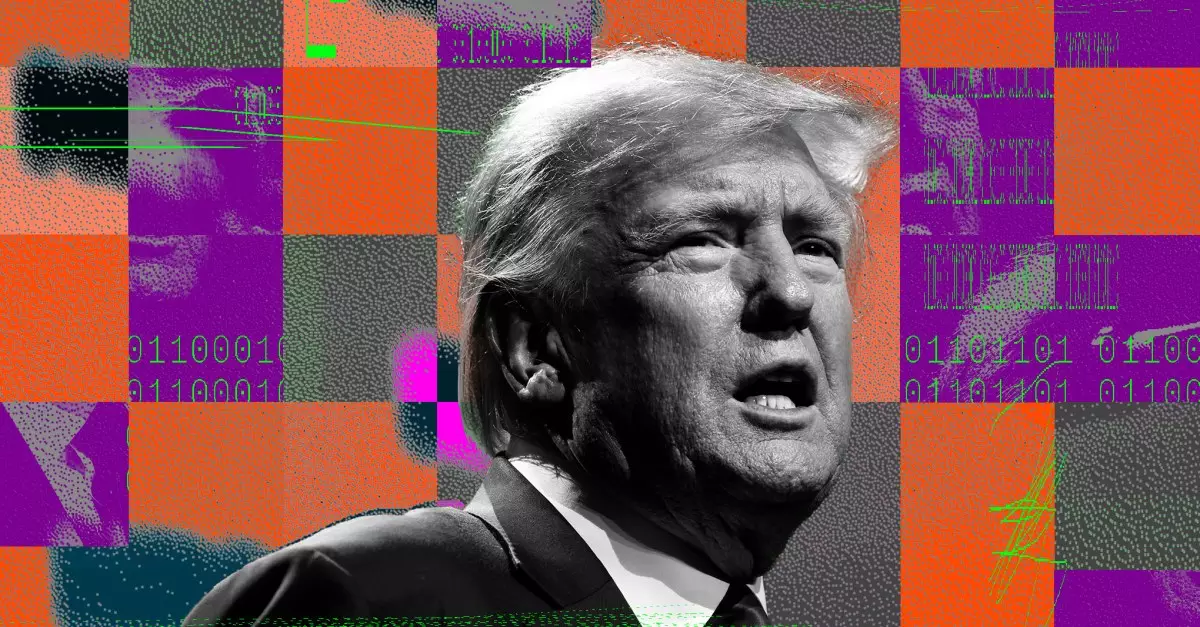Recently, a high-profile technical hiccup during a major conference call involving former President Donald Trump has sparked a heated debate over responsibility and reliability in corporate communications infrastructure. The incident, centered around a massive call that included tens of thousands of faith leaders across the nation, quickly escalated into a public spat. Trump sharply criticized AT&T’s network, accusing the company of failing to “make their equipment work properly.” Yet, AT&T swiftly countered, denying network faults and attributing the disruption to a mysterious “conference call platform.” This back-and-forth highlights a recurring issue in the tech world: when large-scale communication failures occur, pinpointing blame is often murky, and accountability can become entangled.
The Complexity of Modern Communication Networks
What this incident underscores is the complexity inherent in modern telecommunication systems that power massive virtual gatherings. Calls connecting tens of thousands of participants don’t merely rely on one entity’s equipment; they depend on a layered ecosystem. This includes foundational network providers like AT&T, the software platforms enabling conference calls, hardware manufacturers, and end-user devices. When a failure happens, it is rarely easy—if not impossible initially—to isolate whether the root cause is the network infrastructure, the application software, or even user error. AT&T’s statement that the issue stemmed from the conference call platform, without naming which, reflects a strategic attempt to clarify their role but also muddies transparency.
The Pitfall of Public Finger-Pointing
Trump’s public request for intervention from the “Boss of AT&T” illustrates a phenomenon where technical disputes quickly evolve into public relations battles. While it’s understandable that organizers expect seamless technology—especially when dealing with highly sensitive and large-scale events—the airing of grievances on social media and in the press can obscure genuine technical problem-solving efforts. It’s worth noting that even the White House Press Secretary was drawn into the fray, with AT&T communicating directly to her to investigate the problem. This chain of interactions reveals how political prominence can intensify scrutiny on private corporations, sometimes without the full context needed to evaluate the situation fairly.
Transparency and Responsibility in Tech Failures
Where AT&T dropped the ball, in my opinion, is in the lack of transparency about the “conference call platform” they blamed. In critical disruptions affecting key events, offering clarity on which systems faltered helps rebuild trust with users and the public. Given the scale of the event mentioned, naming the platform involved could have been a transparent move that pushed the industry to improve together rather than fostering finger-pointing. A collaborative approach—with clear communication—is essential to improving the robustness of virtual communication technologies.
Looking Beyond Blame to Systemic Improvements
Ultimately, the controversy over this conference call serves as a microcosm of broader challenges faced by today’s interconnected communication ecosystem. From network carriers to app developers, all stakeholders share responsibility for reliability. Instead of focusing on blaming a single party, the tech industry and its users must prioritize collaborative diagnostics and proactive solutions. Otherwise, high-stakes failures will continue to undermine confidence in digital gatherings, regardless of the event’s importance or the technology’s apparent sophistication.

